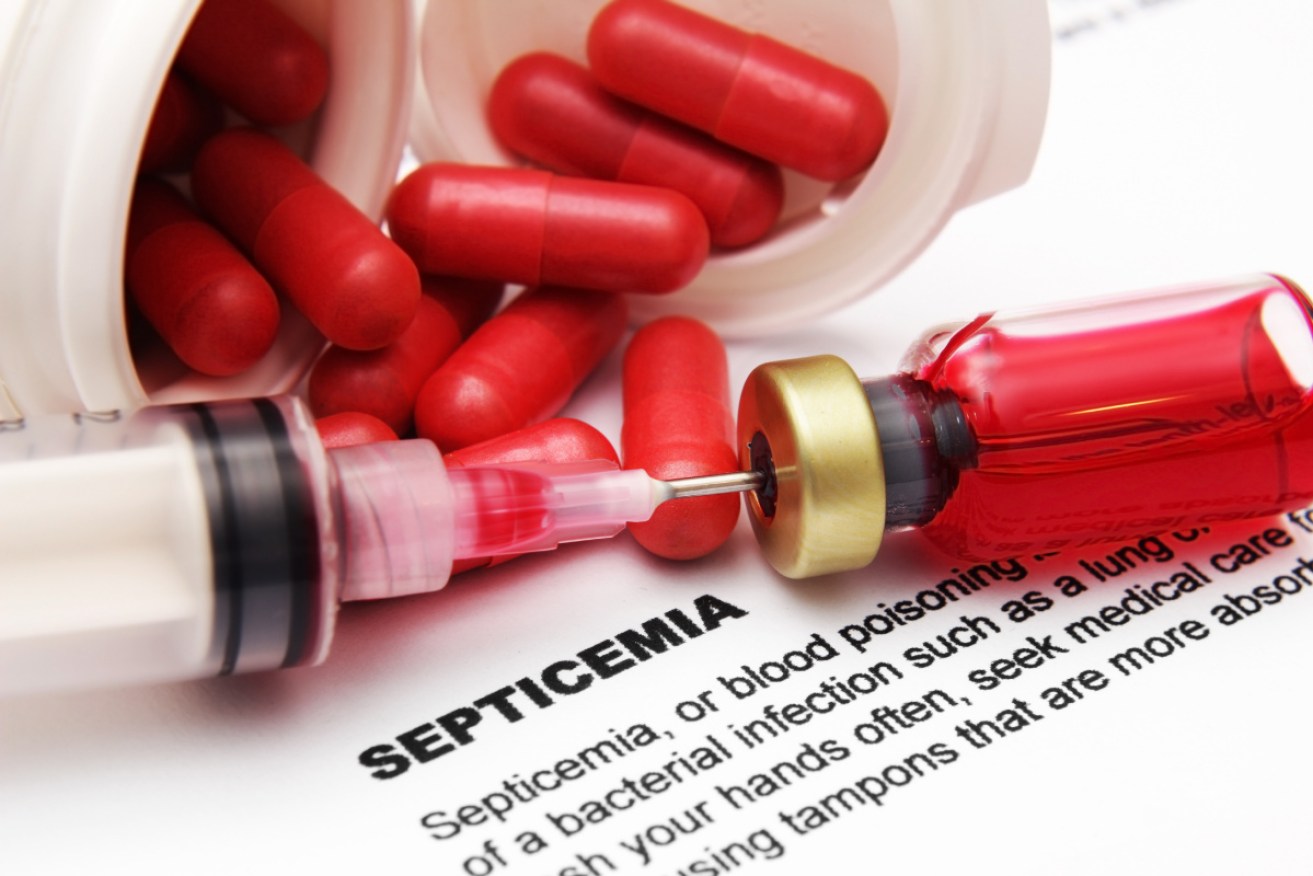Sepsis death toll doubles estimate: report

Sepsis can lead to amputation. Photo: Getty
The number of cases and deaths from sepsis in Australia is vastly underestimated with an education campaign and new healthcare standards needed to tackle the condition, experts say.
The death toll from sepsis is almost twice as many as previously thought, while number of cases is triple previous estimates, according to the Global Burden of Disease study published on Friday.
The study says there were about 55,000 sepsis cases and 8700 deaths in Australia in 2017, compared to previous estimates of 18,000 cases and 5000 deaths.
The George Institute’s Professor Simon Finfer said the figures showed new healthcare standards and a public education campaign on sepsis were needed.
“It is a major public health problem that’s unappreciated,” Prof Finfer said.
The study used international health data to find sepsis deaths had doubled previous estimates. It used Australian death certificates rather than recorded health data, because administration staff did not always use the word “sepsis” in medical reports.
Only 40 per cent of Australians knew of sepsis with only one in seven people able to identify symptoms, said Prof Finfer, who is also intensive care director at the Royal North Shore Hospital in Sydney.
He said one-third of people who contracted sepsis would die, and those who survived would often suffer ongoing health complications.
“People tend to equate sepsis with something that happens in hospitals – 80 per cent of sepsis arrives out of hospitals,” he said, also calling for better rehabilitation of sepsis survivors.
The cost of treating acute episodes of sepsis was $750 million a year, he said.
Most at risk from sepsis are the very young, very old, people with existing health conditions, pregnant women and indigenous people.
Sepsis is a life-threatening disease caused by the body’s immune system going into overdrive to fight a bacterial infection, damaging organs and tissue.
Symptoms include skin rashes, high fevers, shivering and shaking or rapid heart rate.
-AAP








